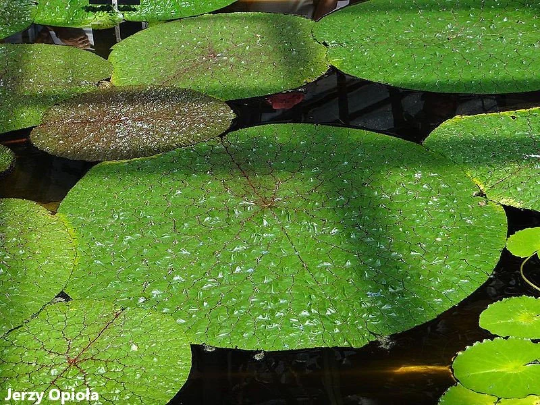Aquatic plants are plants that grow in or near water and are adapted to living in aquatic environments. There are many different types of aquatic plants, including both submerged and emergent plants. Submerged plants are plants that grow completely underwater, while emergent plants are plants that grow partially out of the water.
One of the main benefits of aquatic plants is that they help to improve the water quality of aquatic ecosystems by providing oxygen and removing excess nutrients from the water. They also provide habitat and shelter for aquatic animals and can help to stabilize the sediments in the water.
There are many different types of aquatic plants, including algae, floating plants, submerged plants, and emergent plants. Algae are simple, aquatic plants that do not have true roots, stems, or leaves. They are often found in ponds, lakes, and streams and can be either free-floating or attached to the bottom of the water body. Some common types of algae include green algae, brown algae, and red algae.
Floating plants are plants that float on the surface of the water and are anchored to the bottom by their roots. These plants can help to provide shade and reduce the amount of sunlight that reaches the bottom of the water body, which can help to prevent the growth of unwanted algae. Some common types of floating plants include water lettuce, water hyacinth, and duckweed.
Submerged plants are plants that grow completely underwater and are anchored to the bottom of the water body by their roots. These plants can provide habitat and shelter for aquatic animals and can help to improve the water quality by removing excess nutrients from the water. Some common types of submerged plants include water lilies, pondweeds, and coontail.
Emergent plants are plants that grow partially out of the water and are anchored to the bottom of the water body by their roots. These plants can provide habitat and shelter for aquatic animals and can help to stabilize the sediments in the water. Some common types of emergent plants include cattails, rushes, and reeds.
In addition to the plants mentioned above, there are also many other types of aquatic plants, including amphibious plants, which are plants that can grow both in and out of water, and wetland plants, which are plants that grow in wet, marshy areas.
Aquatic plants are important for the health and well-being of aquatic ecosystems and the animals that depend on them. They provide oxygen and remove excess nutrients from the water, provide habitat and shelter for aquatic animals, and can help to stabilize the sediments in the water. It is important to carefully manage and conserve aquatic plant communities in order to maintain the health and diversity of aquatic ecosystems.
